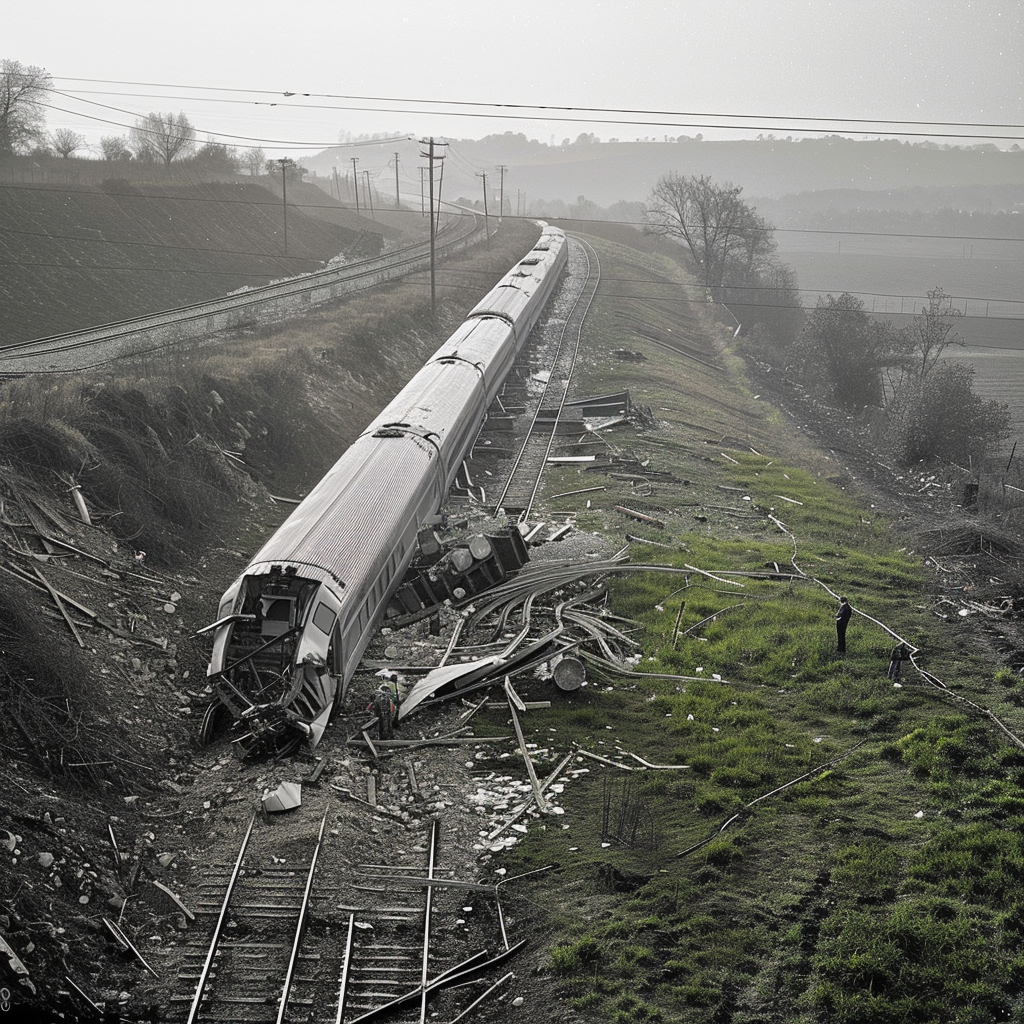Leaders often want to delay a change program because they want to first implement a new digital tool—they’ll deal with “people change” later. But the reality is that digital transformations don’t fail due to technology: 60% of organizations say that culture is the biggest barrier to digital transformation. Cultural barriers can take a variety of forms:
- Inadequate leadership skills and vision. Just 35% of organizations feel they have the leadership capabilities to successfully navigate a digital transformation, and 31% believe that leaders have a clear vision for how new technology is supposed to change the business.
- Operational limitations. 29% of organizations are able to quickly change their operational processes in response to changes in the market, and just over a third say they excel at operations as a whole.
- IT woes. IT—the department often responsible for leading digital transformation—often lags behind the rest of the organization in terms of efficiency. For instance, IT departments that have been optimized can deliver key applications in 90 days or less, compared to almost a year on average.
- Unrealistic timelines. Converting to a new system always takes more time than anticipated, and yet is typically scheduled on top of day-to-day work, rather than breaking it down into sprints. As a result, implementation feels like a long slog with few wins along the way.
With an estimated $2 trillion budgeted for digital transformation, we expect more and more companies to confront these challenges. If your organization is thinking about digital transformation, take these steps to address potential cultural barriers:
- Align leaders and develop a clear communication plan. One of the most common reasons for implementing new tools is to improve communication and collaboration, yet only 33% of respondents believed that new technology improved communication between leaders and employees. Digital tools can amplify your message, but they can’t define it for you.
- Involve people in the process as much as possible (but accept that you’ll never make everyone happy). 60% of companies that have excelled at digital transformation (“masters”) invite employees to participate, compared to 16% of companies that are new to it. Providing input—even if a different decision is ultimately made—allows people to feel that they have some control of the situation, and that change is happening with them, not to them.
- Provide the right kind of training to bring people up to speed. When going through change, people naturally wonder about their skill set—do they have the knowledge and capability to succeed? To counteract this concern, proactively identify what digital skills people need to develop. 70% of “masters” do this, compared to 26% of companies that are new to digital transformation.
- Identify and support your champions. As with any change, you’ll have people who are completely bought-in as well as total cynics, but the majority will wait to see which way the wind blows. Focus your energy on supporting champions and winning over cynics—they’ll be your biggest assets in converting the fence-sitters.
- Celebrate milestones. As Kanter’s Law states, “in the middle, everything looks like a failure.” To prevent people from backsliding into old tools and bad habits, define what progress looks like ahead of time, and publicly celebrate when it’s achieved.













